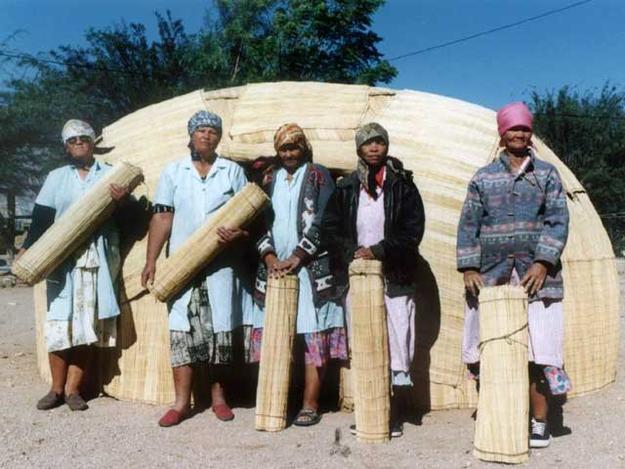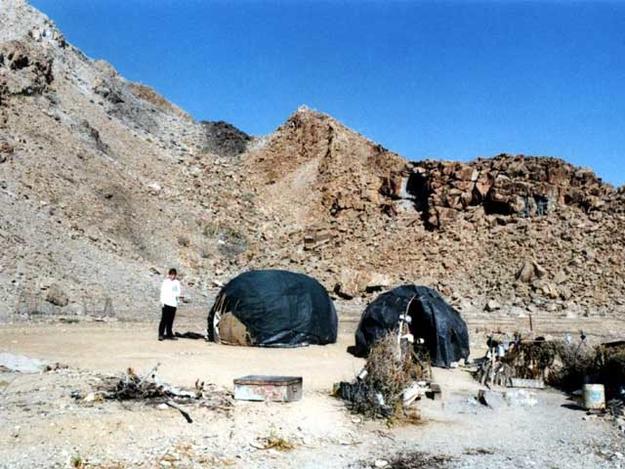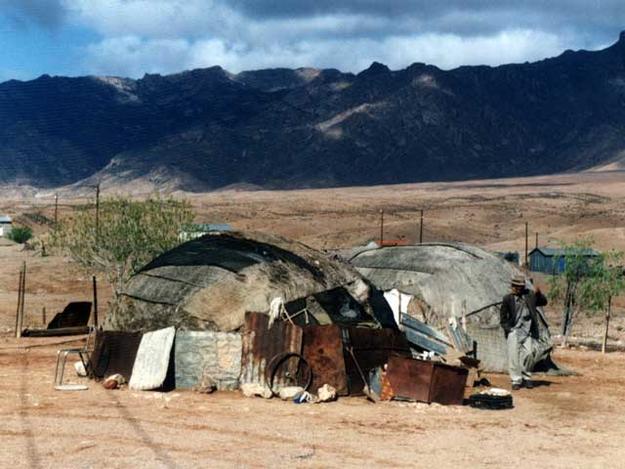2004 and 2006 World Monuments Watch
For thousands of years, the KhoeSan peoples of South Africa and Namibia maintained a pastoral way of life. Following the discovery of diamonds at the mouth of the Orange River in the 1920s, prospectors moved into the region, establishing towns at Alexander Bay and Port Nolloth, accelerating the appropriation of traditional lands that had begun early in the colonial period. Under apartheid, remaining pastoralists were encouraged to abandon traditional ways in favor of village life. In Namaqualand, however, old ways survive. The Nama still move with the seasons, speak their ancient tongue, and live in |haru oms, or portable rush-mat covered huts. In 1991, part of Namaqualand became the Richtersveld National Park. In 2002, these ancestral lands, along with the park, were returned to the community and the governments of South Africa, Namibia, and Angola have since embarked on the creation of a transfrontier ecological park that will absorb Richtersveld. Despite these moves to protect the ecosystem, little is being done to preserve its vanishing culture.



